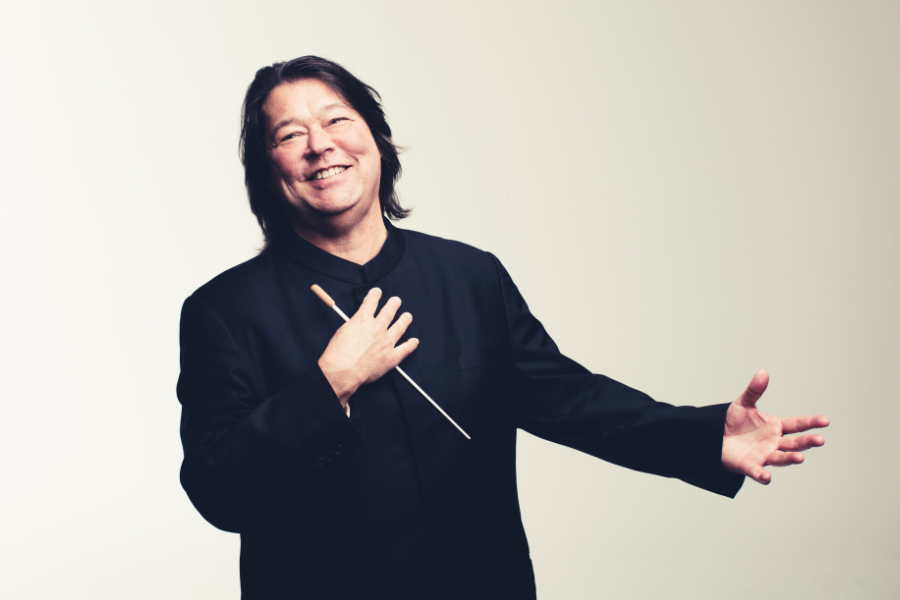The string quartet is often described as a conversation between four intelligent interlocutors, in which each has something important to say. Despite the small line-up, works of this type are characterized by extraordinary expression built by perfectly thought-out musical polemics between individual instruments. In an arrangement for sting orchestra, conducted by maestro Joseph Swensen and performed by the NFM Leopoldinum Orchestra, two of them will be heard: String Quartet No. 13 in A minor op. 29 D 804 “Rosamunde” by Franz Schubert and String Quartet No. 15 in A minor op. 132 by Ludwig van Beethoven.
The year 1824 was a time for Franz Schubert to explore the possibilities of the string quartet. It was then that two famous works in this form were composed: String Quartet No. 13 in A minor, op. 29 D 804 “Rosamunde”, programmed for this evening, and String Quartet No. 14 in D minor D 810 “Death and the Maiden”. Their common element is not only the minor key and elaborate structure, but also the fact that Schubert wove into both quotations from his other compositions. The commonly used title of the Rosamunde Quartet was taken from the second, cheerful movement of the work, in which Schubert, as it were, wrote music to a play by the German poet and playwright Helmina von Chézy entitled Rosamunde, Fürstin von Zypern (Rosamund, Princess of Cyprus). This quartet was also the only one published during the lifetime of the prematurely deceased artist.
Like Schubert, Ludwig van Beethoven’s String Quartet No. 15 in A minor op. 132, is one of the composer’s last works. It was composed between 1823 and 1825, a difficult time for the musician – he was struggling with a serious illness at the time, from which he eventually managed to recover. The monumental piece, consisting of five movements, became a way for Beethoven to express the emotions associated with that experience, as evidenced by the annotation in the score above the initial notes of the third movement: “thanksgiving song of the miraculously healed”. The last of the Viennese Classicists provided the fast-paced fragments of the work with the words “feeling new strength”. In the creative process of the distressed composer, marked by grief, there was therefore a glimmer of hope and gratitude, which is highlighted in the highly emotional, bright sound of the quartet.

